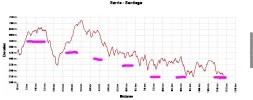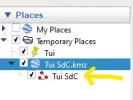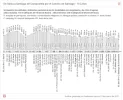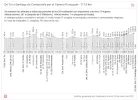Takezo
New Member
- Time of past OR future Camino
- No past, possible future, considering the 2021, looking for info
Hi,
my wife, a devout Catholic, has expressed an interested in Camino a couple of times in the past. Considering that the next year is of special religious importance I'm looking into organizing it.
However she has some health problems. Nothing serious, but can't do a lot of strenuous activity.
So I was thinking about getting only the minimal requirement of 100 km, taking 2-3x more time than usual (either smaller sections or longer rests between them), using luggage transportation and staying at hotels or other venues with private rooms might make it possible.
What route would be ideal in that regard, considering physical demands and available accommodation?ATM I'm leaning towards the last 100 of the Portuguese route, not sure if coastal or central. However it does seem that all routes are fairly docile in that last part, so the environment might be more important. Less crowded and greener would be a personal preference.
Thnx
my wife, a devout Catholic, has expressed an interested in Camino a couple of times in the past. Considering that the next year is of special religious importance I'm looking into organizing it.
However she has some health problems. Nothing serious, but can't do a lot of strenuous activity.
So I was thinking about getting only the minimal requirement of 100 km, taking 2-3x more time than usual (either smaller sections or longer rests between them), using luggage transportation and staying at hotels or other venues with private rooms might make it possible.
What route would be ideal in that regard, considering physical demands and available accommodation?ATM I'm leaning towards the last 100 of the Portuguese route, not sure if coastal or central. However it does seem that all routes are fairly docile in that last part, so the environment might be more important. Less crowded and greener would be a personal preference.
Thnx





























